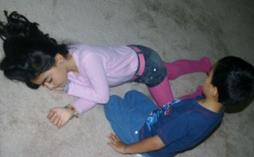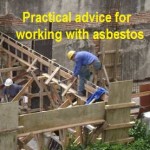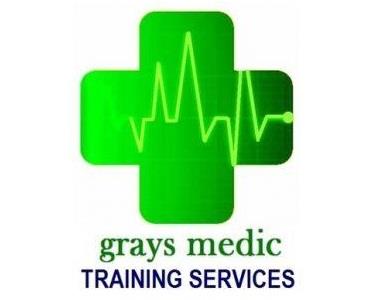NEW UK RESUSCITATION GUIDELINES RELEASED ON 15TH OCTOBER 2015.
07-10-2020
The European Resuscitation Council (ERC) 2015 changes and recommendations relating to CPR casualties were released last Thursday and we will be changing the way that these subjects are trained in compliance with these changes. The regulations on CPR change every five years. On the 15th October 2015, the European Resuscitation Council (ERC), and UK Resuscitation Council announced the new 2015 guidelines. These guidelines relate to all sectors which involve CPR management. First Aiders must comply to regulation changes as well as recommendations from the National Health Service (NHS) and Health & Safety Executive (HSE).
The purpose of these changes is to improve the care given and increase the chances of survival, as well as to increase awareness and understanding of the rescuer/first aider.
The changes this time are slight. Compressions and rescue breaths remain unchanged, but there are procedure changes as follows:
There is increased emphasis on the person calling emergency services to ensure they keep the call live in order to communicate to the services exactly what is happening, and also to take instruction and pass that to the rescuer/first aider who is dealing with the casualty. If possible, an automated external defibrillator (AED) needs to be deployed to the scene. The effective team work of the rescuer, caller and person bringing the AED can be critical in improving the survival chances of the victim. The sooner the emergency services are called, the earlier appropriate treatment can be initiated and supported.
The knowledge, skills and confidence of rescuers/first aiders may vary depending on their level of training. Always try to stay calm. If possible, call the emergency services without leaving the casualty. It can take 30 seconds or more to trace your call on the 112 number, so leave your phone on once you have communicated the situation to the emergency services.
Casualties who are unresponsive and not breathing normally may be in cardiac arrest and require CPR. When this happens no blood is circulating to the brain and therefore no oxygen, which may cause seizure like episodes that can be confused with epilepsy. First aiders should be suspicious of cardiac arrest in any patient displaying seizures. Assess whether the victim is breathing normally.
High quality CPR is essential and first aiders should use 30 compressions and 2 breaths (unless you are physically unable to, or unwilling due to personal risk (fluids etc.)
Key points for CPR:
• Use the DRSAB or “Drs AB” as we like to call it.
• Make sure it is safe for you and the casualty.
• Try to gain a response by gently shaking on the shoulder.
• Shout for help
• Open airway and check breathing for 10 seconds. Look, listen and feel.
• Be suspicious of cardiac arrest in anyone displaying seizures and carefully assess whether the casualty is breathing normally.
• Call 999/112 for an ambulance if you are alone.
• Get someone else to make the emergency call, if assisted.
• In both cases, if you have loudspeaker on your phone, switch it to speaker mode so that you or your helper can hear all communication with the ambulance services. including instruction on CPR and further advice if needed..
• Start CPR and send for an AED as soon as possible, but do not leave the patient to search for an AED. AED units are safe to use even without training so should always be used if available.
• With children and infants, CPR remains the same, but the depth of compression being one third of the chest is clarified to 4 cm for a baby under 1 year and 5 cm for an child. We still use two fingers for an infant under 1 year; use one or two hands as needed for a child over 1 year to achieve an adequate depth of compression.
• The breaths for children and infants remains the same as before.
• In all cases each breath should be 1 second, allowing the chest to recoil before the second breath is given.
• For more information: UK Resuscitation guidelines.Visit the Grays Medic website for more information on NEW UK RESUSCITATION GUIDELINES RELEASED ON 15TH OCTOBER 2015.





